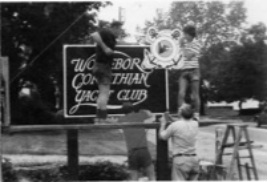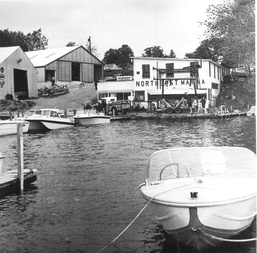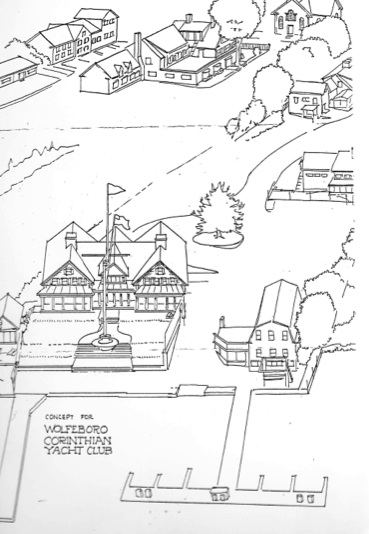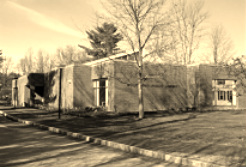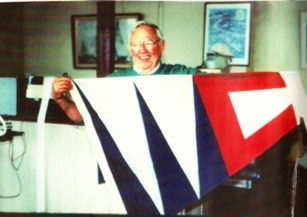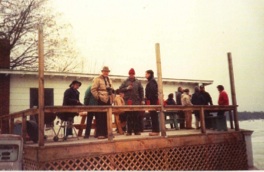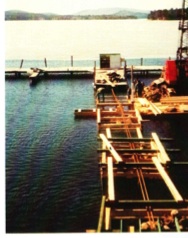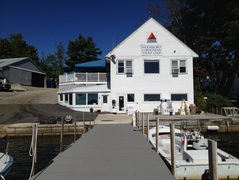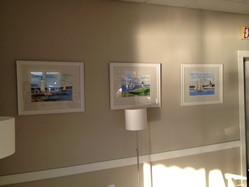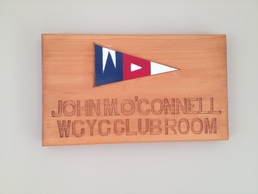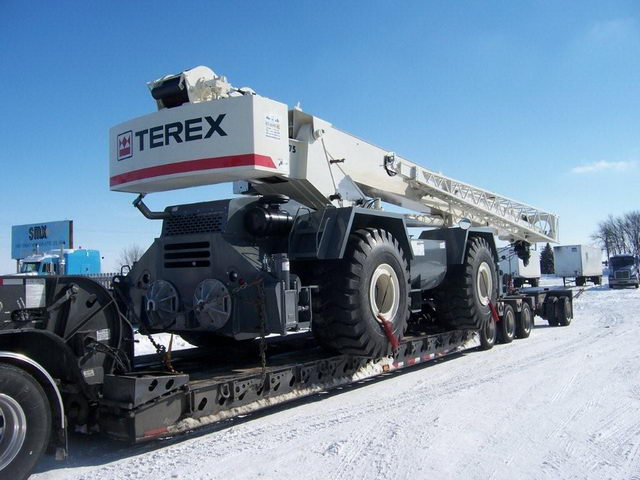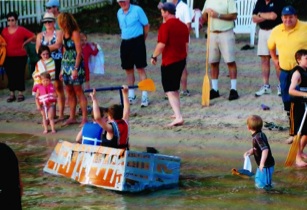|
Our History
The history of the Wolfeboro Corinthian Yacht Club has always been and continues to be about people. From the founding members who had a vision, to the many members who served on the Board of Governors and oversaw operations, to the members who contributed in both large and small ways, they were the ones who made our history. This is their story. |
|
Birth of a Yacht Club
It was during the cold winter month of January in 1982 that John M. O’Connell, owner of Northeast Sail and Motor Facility, Inc. decided he wanted to sell his property on Nancy’s Way in Wolfeboro. Land values were rising, but so were taxes. He knew he owned coveted lake access and decided that this would be an optimum time to sell. He sent a letter to Bob Hopewell, a customer and friend, expressing his intention, but he also shared a vision. |
|
John wanted to do more than just sell the property, he envisioned the creation of a “yacht club”—a facility where the membership would also be the owners. He wrote a proposal outlining his idea, including the suggestion that a “very handsome club house” be built. He sent this proposal to 437 existing customers and prospective members. 112 people replied with enthusiastic interest in forming a Club.
|
|
On March 1, 1982 a meeting was held at the O’Connell residence at the top of the hill. It was at that meeting that John’s customers Jerry Lawless, Dick Osgood, Ed Sutherland and Bob Varney decided to start the Club. They along with Tom Elkinton, Paul Harvey, and Bob Hopewell became the first Board of Governors (BOG) of the newly formed Club.
Planning meetings were held throughout the spring. Then, in July an invitation was sent to all prospective members to attend a meeting at the Wolfeboro Public Library. The purpose of the meeting was to explain the organizational details of the proposed club and to solicit new members. |
|
Ninety curious prospective members attended the meeting at the library. Many questions and concerns were addressed. "Land-based users" and “islanders” inquired about on-going access. Others asked about operational details and costs. By the end of the meeting forty prospective members committed $3000 each to raise the $120,000 needed to launch the Club.
By September the final purchase details were set and the official closing on the purchase was held in October. At closing, seventy-one “charter members” had purchased a single share for $3000. |
|
With the purchase complete, John O’Connell was given the honor of selecting the club name, which became The Wolfeboro Corinthian Yacht Club (WCYC). As an accomplished artist, he also designed the Club’s burgee.
John agreed to stay on as the Club’s first manager as his experience and expertise were essential to the operation of the marine facility. Two mechanics that worked for John also agreed to remain as employees of the new organization. This made for a smooth transition to Club operations. |
|
The First Summer
June 1983 marked the start of the first summer for the newly formed Wolfeboro Corinthian Yacht Club and plans for the first social function were made. Geri Gagne, (Charter member #1) suggested holding a pig roast. A caterer was hired, the storage shed was cleared and cleaned, and tables were set up. Nautical decorations were strung from boat-to-boat and a band played well into what was a beautiful summer’s evening. |
|
Potholes and Dock Repair
Club finances were often precarious in that first year as club members suddenly became property owners with all the associated responsibilities. The most often heard complaint around the WCYC at that time was about the condition of our unpaved driveway—it was full of “potholes”. At one point the Club had to “barter“ for dock repairs with engine work and other services in order to keep the facilities intact. Driveway repair and major dock repairs were needed, but these projects had to be put on-hold until finances improved. |
|
At the annual meeting in 1984 several steps were taken to help improve finances. The first was that members agreed to give an extra $759 per share for repair of the dock, road and paving. (This additional cost per member is called an assessment). The second step towards improving finances was to take on nonmembers for storage as a new source of income. Their rate was set to be higher than members’ rates and was an important source of income for the Club.
|
|
|
In the spring of that year, the state of New Hampshire gained control over mooring fields and docks on Lake Winnipesaukee. The intent was to oversee their development and use. Fortunately, the Club’s mooring field and dockage was firmly established and recorded in 1982, but none-the-less the Club had to go to court to defend its right to maintain control over this important asset. The Club was granted oversight, but with a provision that prevents the Club from any further expansion of dockage or the mooring field. The provision remains in effect to this day.
|
|
Cranes and Winter Storage
1986 marked the year of the crane. It was located in Texas. Total cost delivered was $34,084. It was small by today’s standards but it gave the Club almost 13 years of solid service. By the end of that year our membership had increased to 115. In 1987, winter storage became the focus as Club members voted to purchase the Route 109A Storage. The “lower shed” was relocated to the property at 109a and construction of a second storage shed on the site satisfied the Club’s winter storage needs. |
|
Passages and Regattas
Several years passed. Talk about building a new Club House surfaced and some preliminary sketches were made, but finances didn’t permit going much further. In 1990, the Club hosted the National Ensign Championship Regatta. John O’Connell and Ed Sutherland served as co-chairs. Top boats from across the country came to race over six days. The festivities culminated in an awards dinner held at the Brewster Academy boathouse. The club also hosted several benefit racing regattas for the Lake Winnipesaukee Racing Association over the years. |
|
A “very handsome club house”
In 1993, the Club House had a major facelift. While it wasn't exactly what John O'Connell had envisioned it was a marked improvement. The design called for raising the slant roof of the original shop building to create a second floor and adding the deck area. The dream of a very handsome club house is still a dream, but continues to be studied. |
|
The Clubroom and kitchen was built in 1995 with a generous contribution of $18,000 from one of the Club’s members. It has been continuously updated over the years through contributions of both time and money from other members. John O’Connell has donated nine original nautical watercolors that are prominently displayed on the walls.
|
|
Improvements
In 1995 the Club began to realize measurable improvements in revenue, profit and operational efficiency. We replaced our aging launch with a custom built 22’ Eastern. John O’Connell officially retired as Club Manager and during the next six years the Club went through a series of managers. Despite the changing personnel, the Club continued to provide a high level of boat maintenance and repair service. In 1998 the Club—in order to comply with new state regulations— installed a new 6000-gallon gas tank with state-of-the-art monitoring equipment . The Club was able to pay for this large expense from cash flow without further borrowing. |
|
A Bigger and Better Crane
Our next major purchase occurred in 1999 with the acquisition of a new crane. A special meeting was called on September 18, 1999 to authorize the purchase of a new one as the most recent inspection had indicated numerous mechanical and safety issues with the old one. After much discussion concerning buying “used versus new”, and “lease versus buy”, a decision was reached to purchase a new crane for $179,500 with a $5000 allowance for our old one. The new and vastly improved TEREX was delivered later that month. It featured the largest lift capacity on the lake at 30 tons and offered complete computer management of load level versus lift angle and height. It was quite a remarkable machine and the Club was able to enjoy an excellent revenue stream from its heavy lift capability until 2013, when it was sold. |
|
A New Millennium
During the early years of the new millennium the Club continued to grow. The combination of strong economic times, active membership, and strong Board oversight created a strong financially sound organization. The Social activities at the Club increased in both number and scale. Member attendance was up measurably and the Club’s vision of a social organization was fully realized. |
|
In 2004 the Club decided to turn over the management of operations to an outside vendor so that members could enjoy the benefits of belonging to the club and not have to manage employees and operations. Irwin Marine was chosen as the Club’s marine services vendor and they provided full marine, dock and launch services up until 2013. Andrews Marine took over services later that year and then Dive Winnipesaukee took over in 2015 and is the current marina service provider under the name WCYC Marine Services .
|
|
Capital Projects and Into the Future
Several significant capital projects have been planned, budgeted and executed since the turn of this century. The complete resurfacing of all Club docks with synthetic TREX improved both the esthetics and function. Shore power was added. The gas dock was completely rewired to provide better service and comply with code. Many new pieces of equipment and tools for the shop were budgeted for and purchased, including two new trucks. Much of this was paid for from operating cash flow and most importantly we were able to continue to pay down our outstanding debt load at the same time. |
|
The Wolfeboro Corinthian Yacht Club continues to be a special place for members to enjoy Wolfeboro and beautiful Lake Winnipesaukee. Whether they are sailors, islanders, power boaters or families that just want to enjoy a private beach away from the summer crowds, new generations of members continue to keep the Club thriving and active.
|
